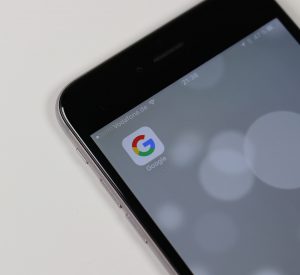A Guide to Popular Categories and Types of Apps

Have you ever wondered about the apps on your phone? Are they all, essentially, the same thing, or are there differences based on the system and the purpose of the app? Furthermore, if you were to start educating yourself for the purpose of developing your own apps one day, which apps should you focus on? Should you dedicate your time to a single programing language? What about the industry – which apps are the most popular? We got you covered with this simple and easy-to-understand guide.
Native Apps
 Native apps are apps, or software programs, that are designed to work on a certain system. The reason they work on some systems and not the others is their system-specific code. For example, Apple iOS uses Objective C for its coding, while Android uses Java. The reason people tend to focus on these apps is that they can provide the user with more speed and precision and are generally more user-friendly than apps that are generic. Learning how to code these babies can be troublesome, but the performance the apps achieve is worth it.
Native apps are apps, or software programs, that are designed to work on a certain system. The reason they work on some systems and not the others is their system-specific code. For example, Apple iOS uses Objective C for its coding, while Android uses Java. The reason people tend to focus on these apps is that they can provide the user with more speed and precision and are generally more user-friendly than apps that are generic. Learning how to code these babies can be troublesome, but the performance the apps achieve is worth it.
Hybrid Apps
Unlike native apps, hybrid apps are actually web applications in the native browser. While they are not as fast as native apps, they are very flexible. They use HTML, CSS, and JavaScript that is then incorporated into the native app. The platforms may vary, but the code will still be easy to maintain and execute, though it may not have the speed and features you are accustomed to.
Web Apps
 Web apps are the cheapest when it comes to production cost, while the performance is tied to the strength and the stability of the browser and the internet signal. You see, web apps are web programs that run between the client and the server. As such, they can be either fast or slow, depending on the quality of your machine and your connection. Google Docs is the perfect example of a web app since it gives you the power of an office suite directly from your browser.
Web apps are the cheapest when it comes to production cost, while the performance is tied to the strength and the stability of the browser and the internet signal. You see, web apps are web programs that run between the client and the server. As such, they can be either fast or slow, depending on the quality of your machine and your connection. Google Docs is the perfect example of a web app since it gives you the power of an office suite directly from your browser.
Categories
Right now, the most popular category on the market is Gaming. It is no surprise that many game companies have decided to go mobile, as mobile games can be addictive and the business model guarantees some level of profit in spite of games being either low-priced or free. Temple Run, Clash of Clans, Hearthstone, and Summoner’s War are just some of the examples of mobile games.
 Business is the second-most popular category, with, roughly, half as many users as mobile games. They are in charge of booking, making purchases, messaging, and anything else that might improve your efficiency at work. MailChimp, Freshbooks, and Dropbox are business apps.
Business is the second-most popular category, with, roughly, half as many users as mobile games. They are in charge of booking, making purchases, messaging, and anything else that might improve your efficiency at work. MailChimp, Freshbooks, and Dropbox are business apps.
Educational apps follow close behind, though many of them try to follow the game format to appeal to a wider audience. These apps help with learning a new language or skill, as well as give your mind a workout. Numbler, BrainPOP, and Duolingo are famous educational apps.